- In the future, there will be 16 high-speed subways and express subways in Guangzhou, with a total mileage of 1059 kilometers
- The construction of high-speed subway will play a very important and fundamental role in the future urban development of Guangzhou
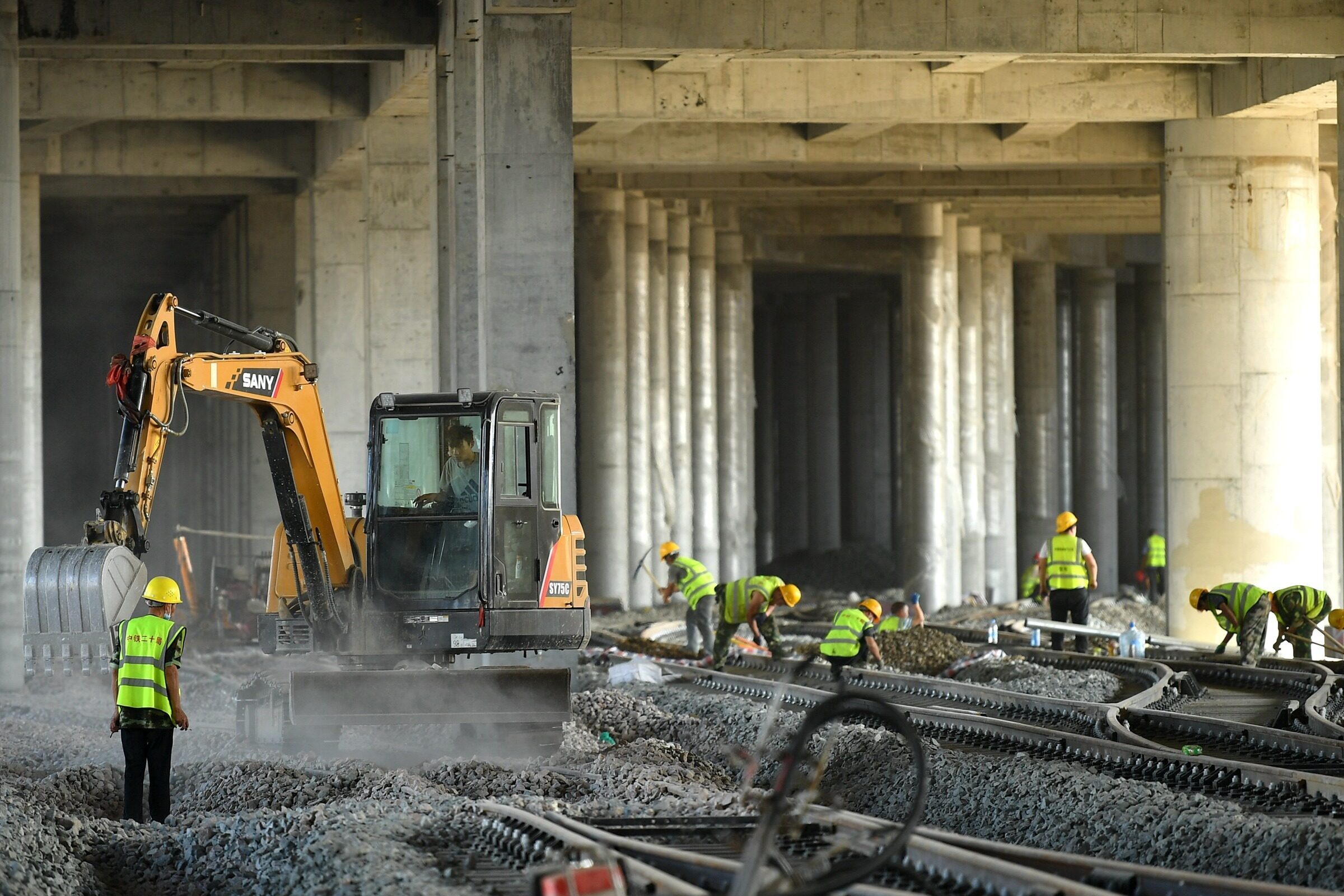
The number of super-large cities in China has gradually expanded, and the demand for rapid rail transit has become increasingly prominent. As the third city of China's rail transit mileage, Guangzhou's rail transit mileage will continue to grow significantly in the future. The Guangzhou Municipal Bureau of Planning and Natural Resources recently announced the "Guangzhou Rail Transit Network Planning (2018-2035)" (hereinafter referred to as the "Planning") to solicit opinions from the public. This round of "Planning" builds an urban rail transit system for Guangzhou consisting of high-speed subways, express subways, and regular-speed subways, with a total scale of 53 lines of 2,029 kilometers. Compared with the previous round of planning, 30 new lines of 1,004 kilometers have been added.
Optimizing the spatial structure of megacities
According to the plan, the goals of the plan have two aspects. One is the "30 60" space-time goal, that is, to achieve a direct 30-minute direct connection from the central urban area to the Nansha sub-center and the peripheral urban center; Guangzhou and the city centers of the Bay Area can be directly reached in 60 minutes. It takes 30 minutes to reach the center of Foshan and Dongguan. Another aspect is the "60 80" passenger transport target, that is, to achieve 60% of motorized travel by city public transport and 80% of public transport travel by rail.
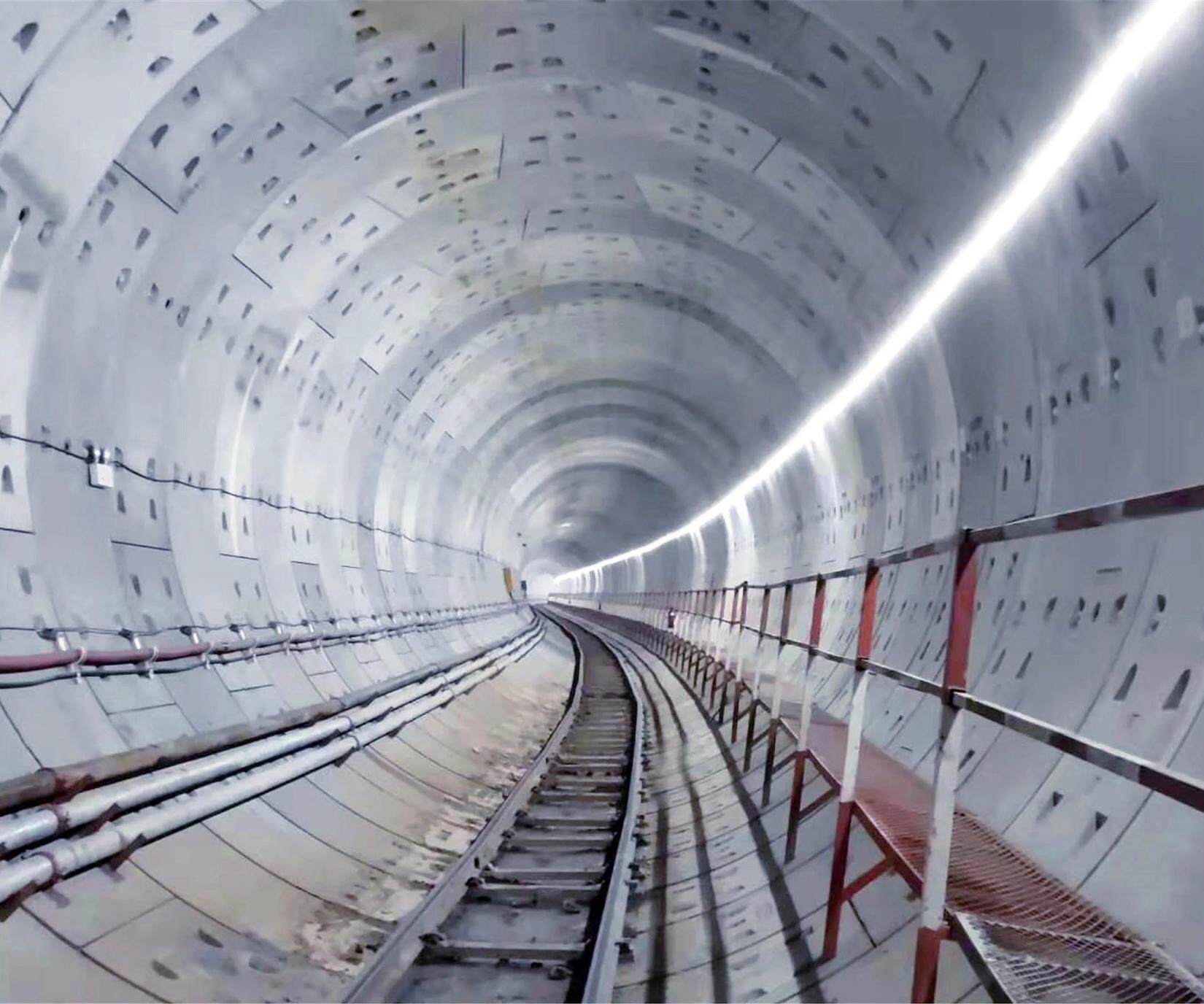
Peng Peng, executive chairman of the Guangdong Provincial Institutional Reform Research Association, analyzed to reporters that the current development of Guangzhou's subway has jumped out of Guangzhou and is extending to both sides of the Pearl River. As a result, the standard of the subway is different. For example, some cross-city high-speed subways can reach a speed of 160 kilometers per hour, which is similar to the intercity railway. Therefore, this kind of high-speed subway is a combination of subway and intercity, and the distance is relatively long and the speed is fast. This will also help Guangzhou strengthen its connection with surrounding cities and accelerate the construction of a metropolitan area.
On the one hand, the development of high-speed subways and rapid subways can promote the optimization of the internal spatial structure of megacities. Hu Gang, president of the South China Urban Research Association and a professor at Jinan University, believes that the general-speed subway is relatively slow, generally only 80 kilometers per hour, and there are many stops, mainly serving the internal traffic of the main urban area.
In contrast, some distant urban areas in Guangzhou are far away from the central urban area. For example, Nansha District is 60 to 70 kilometers away from the central urban area. If it is a general-speed subway, it will take a long time. The high-speed subway with a speed of 160 kilometers per hour (such as Line 18 opened in September last year) can turn a peripheral urban area like Nansha into a half-hour living circle and a place where people can live and commute.
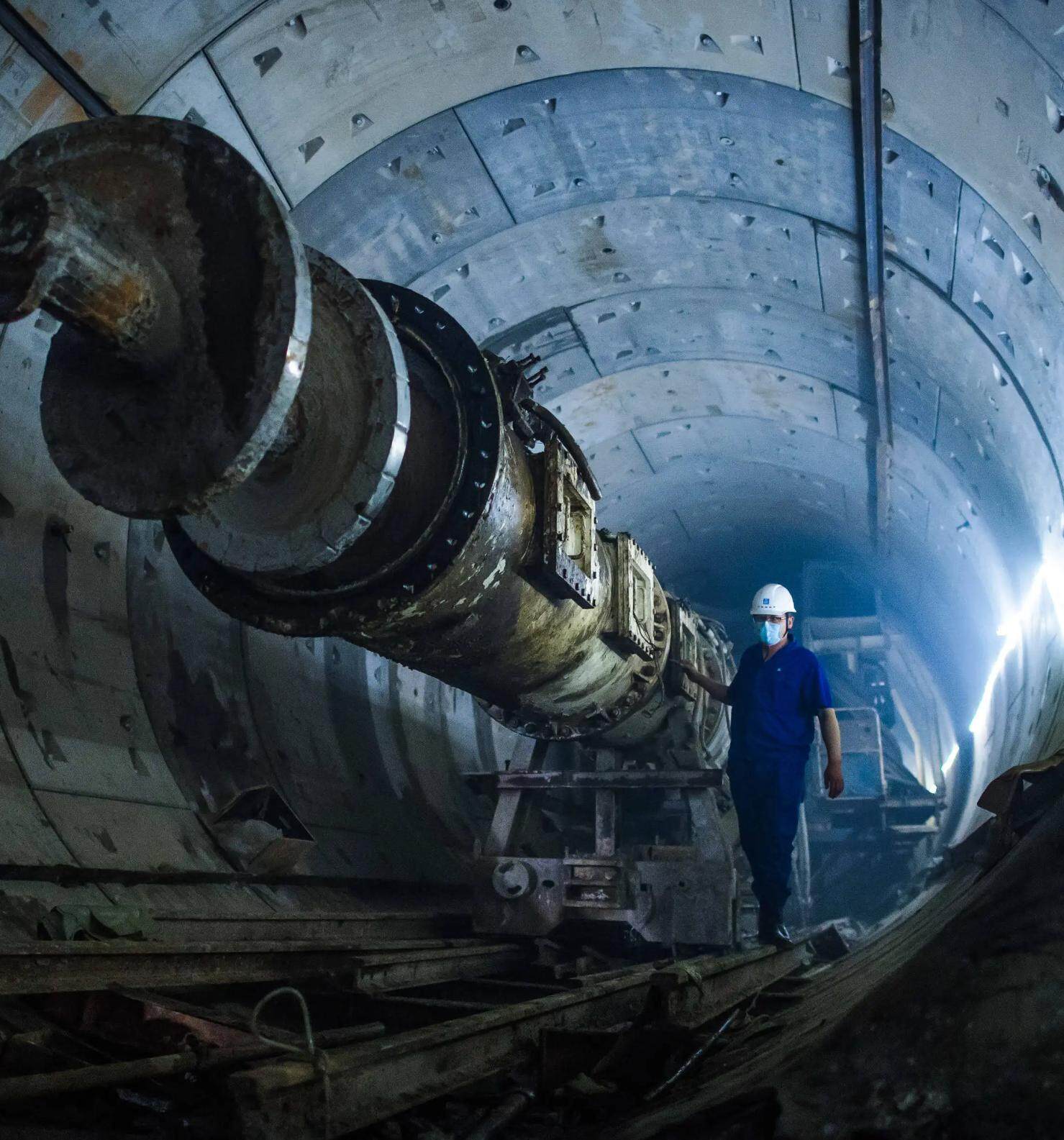
Hu Gang believes that this will also greatly change the urban spatial structure of Guangzhou and the distribution of people's living. Due to the abundant land, cheap housing prices and good environment in the peripheral areas, the convenient rail transit will attract more people to transfer over. It can also reduce the pressure on traffic, environment and housing prices in the central city, and optimize the urban space of Guangzhou.
A major feature of this round of "Planning" is to build a high-speed subway in the city area, shorten the space-time distance between the Nansha sub-center, the peripheral urban area and the central urban area, and support the "1+1+5" spatial pattern. It is planned to extend Line 18 and Line 22 from north to south, and add Line 17, Line 28, and Line 37, and promote Nansha Sub-center, Knowledge City, Zengcheng, Conghua, Huadu, Airport, Panyu, etc. 30 minutes fast direct access to the city center.
The "14th Five-Year Plan" New Urbanization Implementation Plan recently released by the National Development and Reform Commission pointed out that it is necessary to take into account the diverse needs of economy, life, ecology, security, etc., change the development and construction methods of super-large cities, actively solve the "big city disease", and promote Slimming and fitness in super mega cities. Scientifically determine the urban scale and development intensity, and reasonably control the population density. Functions and facilities such as general manufacturing, regional logistics bases, professional markets, and over-concentrated public service resources such as medical care and higher education shall be relieved in an orderly manner in the central city. It is necessary to improve the functions of suburban new towns, introduce high-quality resources, promote the integration of industries and cities, strengthen rapid transportation connections with central urban areas, and achieve group-style development.
5 cross-city high-speed subways
In addition to the city level, the "Planning" proposes that the 60-minute traffic circle of the Guangdong-Hong Kong-Macao Greater Bay Area with Guangzhou as the center supports "dual-regional construction and dual-city linkage". Strengthen the connection between Guangzhou and the urban subway in the Bay Area, and realize one network in Guangfo, multiple channels in Guangzhou and Dongguan, and direct access to adjacent urban centers.
According to the "Planning", Guangzhou will form 28 external rail connection channels, including 18 Guangzhou-Foshan connection channels, 6 Guangzhou-Dongguan connection channels, and 1 connection channel between Guangzhou and Shenzhen, Qingyuan, Zhongshan, Huizhou and other regions. In coordination with high-speed rail and intercity, it can achieve direct 60-minute direct access between Guangzhou and the city centers of the Bay Area, including 30 minutes to Foshan and Dongguan.
Among the cross-city subways, there are 5 high-speed subways with a speed of 160 km/h. Among them, Line 17 connects Foshan, Line 18 connects Zhongshan, Zhuhai, and Qingyuan, Line 22 connects Dongguan and Shenzhen, Line 28 and its branch lines connect Foshan, Dongguan, and Huizhou, and Line 37 connects Shaoguan.
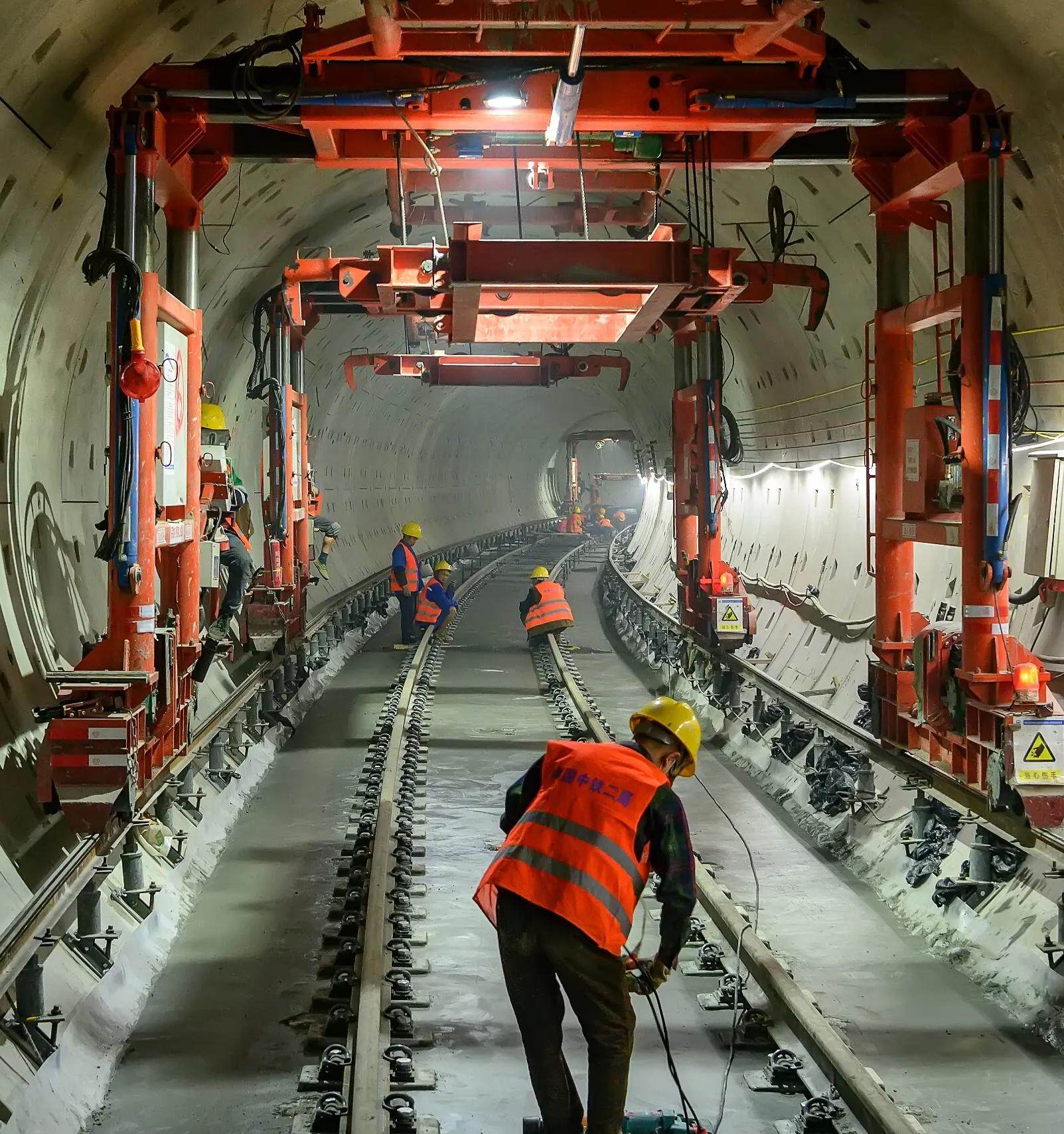
Qin Jian, deputy director of the Regional Development Institute of the Guangzhou Academy of Social Sciences and executive vice president of the Guangzhou Urban Strategy Research Institute, said in an interview that in recent years, the mileage of rail transit in the Guangdong-Hong Kong-Macao Greater Bay Area has grown rapidly, forming a city with Guangzhou and Shenzhen as the mainstays. The spatial distribution of the two major hubs, radiating outwards and connecting other regions, the construction of the "Greater Bay Area on Track" has achieved remarkable results. As one of the rail transit hubs in the Greater Bay Area, Guangzhou can give full play to its advantages, improve the connectivity between cities, promote the flow of people, logistics and capital in the region, and accelerate the integration of transportation, industry, market integration process.
"Specifically, relying on the inherent advantages of rail transit, Guangzhou's strengthening of the connection with Foshan, Zhongshan, Dongguan, and Shenzhen can better promote the integration and development of the interior of the east bank of the Pearl River, the interior of the west bank of the Pearl River, and between the two banks of the Pearl River, effectively supporting the surrounding Pearl River. The construction of the 100-kilometer golden inner bay; the connection with Qingyuan, Huizhou and other regions can better promote the joint development of the outer bay area and the inner bay area, and enhance the radiation and driving ability of the inner bay area." Qin Jian said.
It is worth mentioning that by 2035, not only the Guangzhou intranet will be encrypted, but the subway in the entire Greater Bay Area will also be connected to the Internet. The "Planning" proposes to build an integrated track system of "hub sharing, network interconnection, and direct access to the center" in the Guangdong-Hong Kong-Macao Greater Bay Area.
Yang Yongcong, deputy dean of the Guangdong-Hong Kong-Macao Greater Bay Area Research Institute of Guangdong University of Foreign Studies, said in an interview that the construction of an integrated rail system in the Greater Bay Area faces several challenges: First, as a major infrastructure construction project, rail transit requires a large amount of capital investment, With the characteristics of long payback period, how to effectively solve financing problems and ensure construction capital investment is a problem that needs attention; second, the construction of an integrated rail system is not only a problem of connecting rail transit lines, but also a management system mechanism and operation and maintenance standards. The problem of unification is still to be solved. Third, the development of cities in the Greater Bay Area is quite different. It is difficult to carry out the construction of rail transit simultaneously. The cross-city collaborative planning and connection mechanism need to be further rationalized. Keywords: infrastructure, infrastructure construction, domestic engineering news, planning and investment
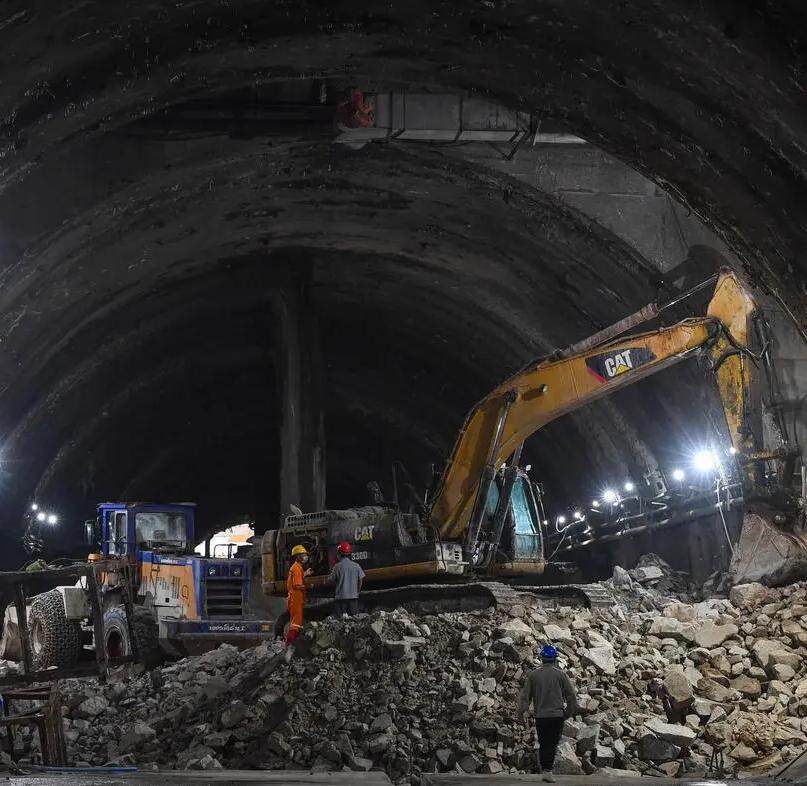
Qin Jian also believes that the construction of an integrated rail system needs to strengthen the planning connection with various cities under the framework of the overall planning of rail transit in the Greater Bay Area, take into account the needs of economic and social development, the needs of people flow and logistics, and local financial expenditure capacity, and actively Explore innovative investment and financing models, construction models and operation and management models to achieve social and economic benefits. In addition, attention should also be paid to the efficient connection of high-speed railways, intercity railways, and urban subways, and the interconnection between rail transit systems, highway transit systems, and municipal transit systems. Editor / Xu Shengpeng
Comment
 Praise
Praise
 Collect
Collect
 Comment
Comment
 Search
Search



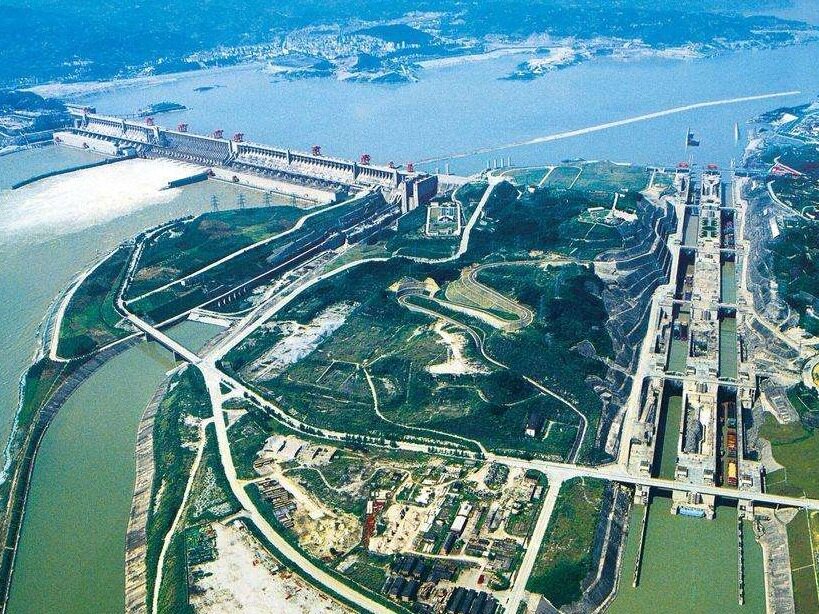
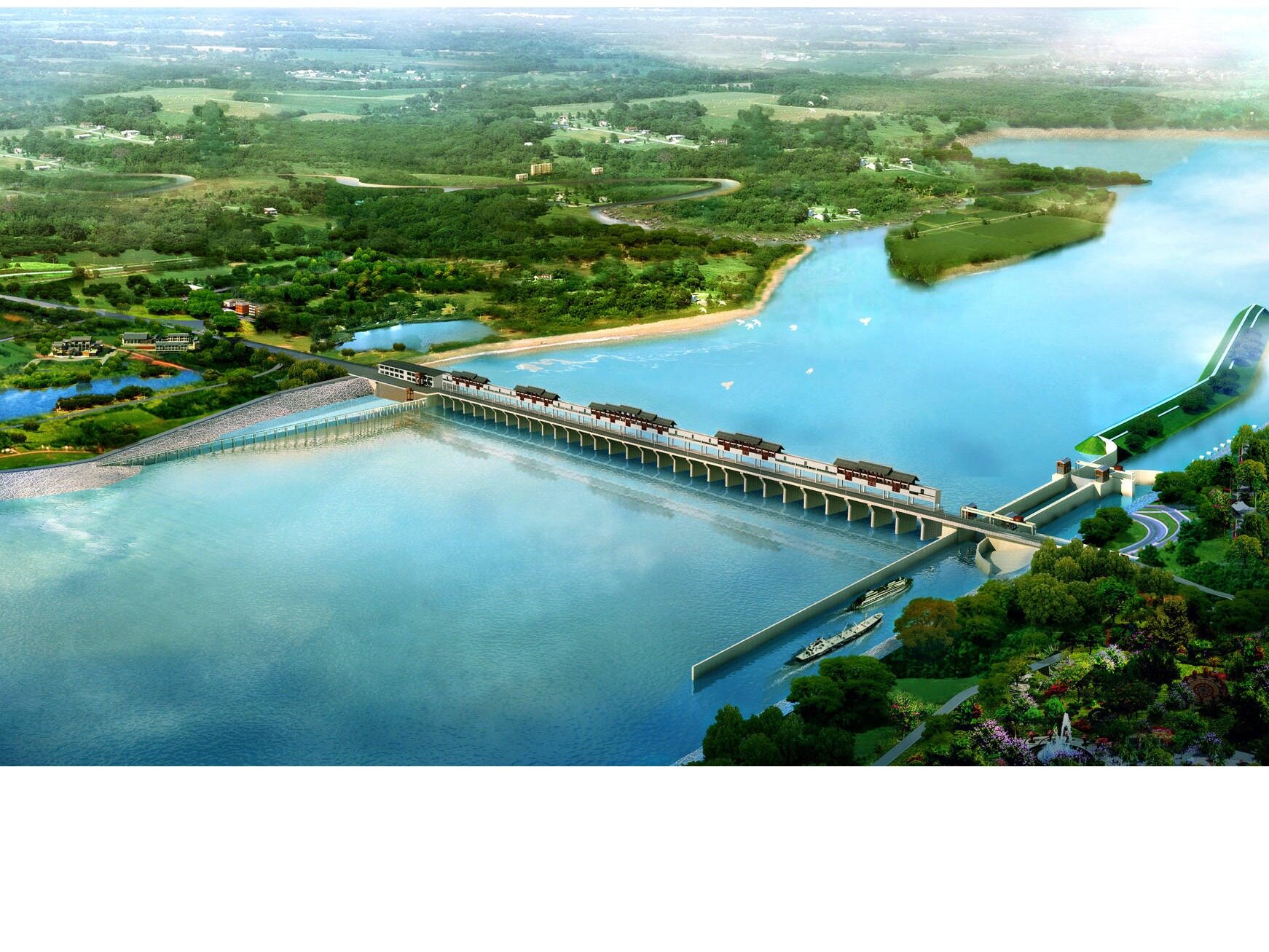
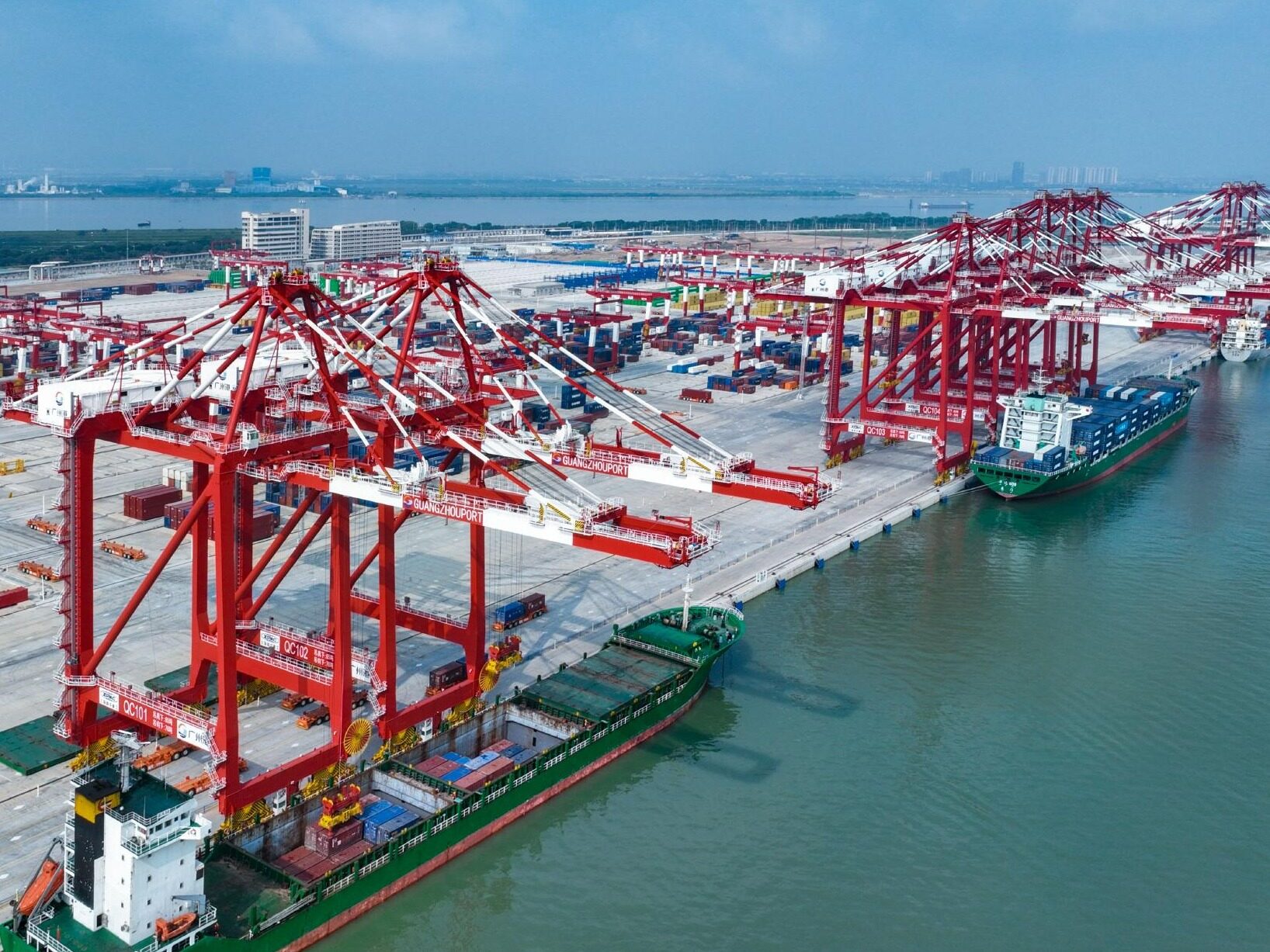
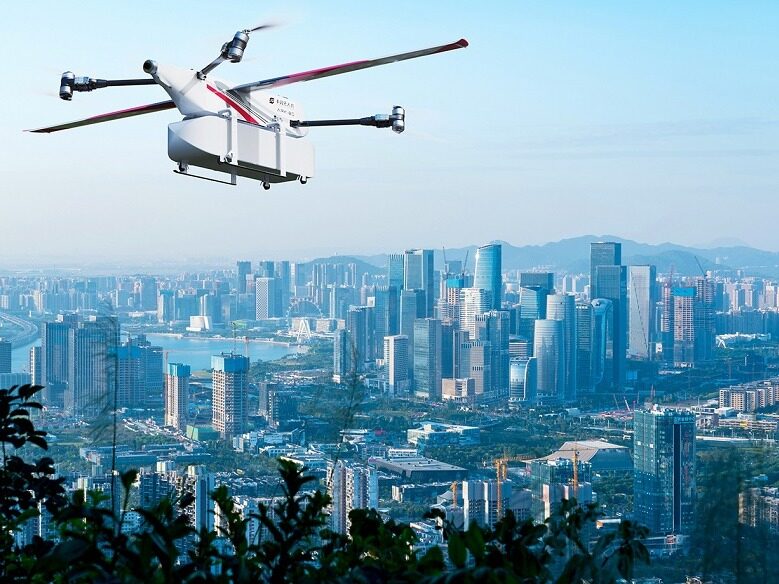
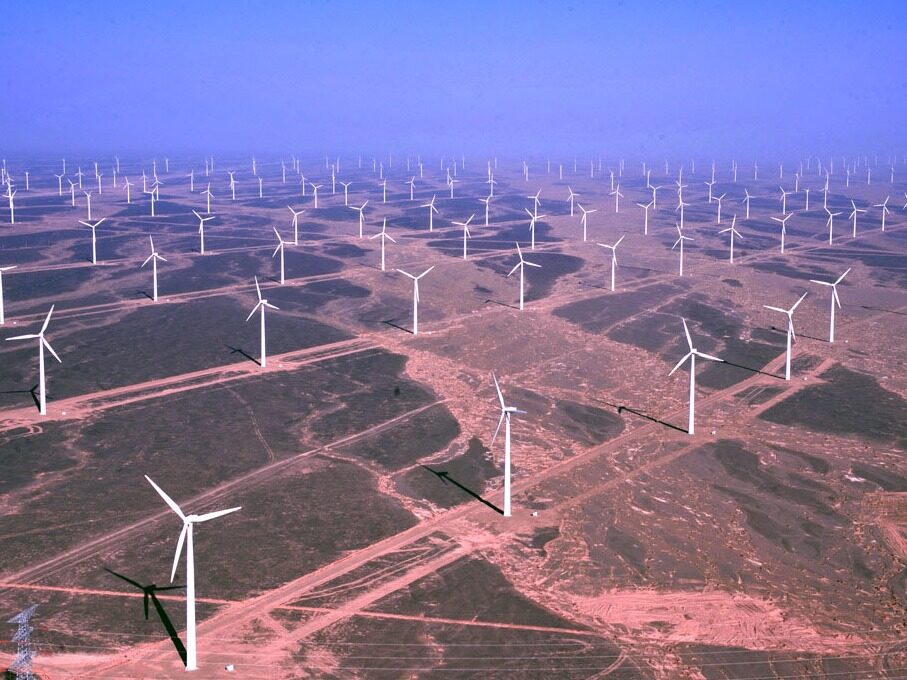






Write something~